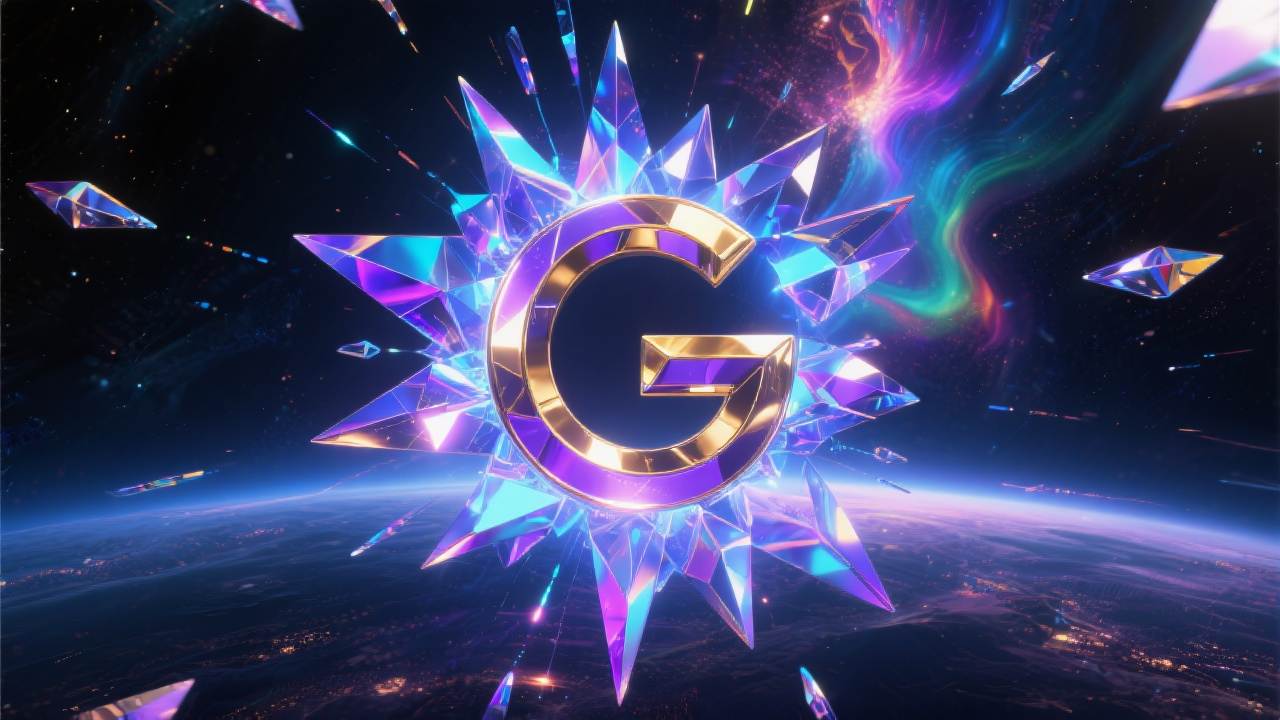
A New Kind of Photoshop for the Age of AI
Google is going all in on image editing with the launch of Gemini 2.5 Flash Image, an update that turns its AI platform from chatbot to visual editor.
The new model, which quietly tested under the pseudonym “nano-banana” on crowdsourced leaderboards, is now officially the backbone of Gemini’s image editing suite. Google claims it’s the most advanced AI image model available, and external benchmarks appear to agree.
The update shifts Gemini beyond text-and-chat. It makes images editable with fine-grained control: swapping clothing, fusing multiple photos into a single scene, applying textures and styles across objects, and creating consistent portraits of people and pets across edits. That last piece may sound small, but for AI models, maintaining “likeness” has been one of the hardest problems to solve.
What’s Inside the Gemini Upgrade
According to Google’s DeepMind team, the new features include:
- Character and likeness preservation: Faces and unique attributes remain consistent even after multiple transformations.
- Multi-image fusion: Users can blend several images together into one photorealistic scene.
- Prompt-based editing: Background swaps, object additions, stain removal, color corrections — all performed through natural language.
- Style transfer: The look of one image can be applied to objects in another (think butterfly wings turned into a fabric pattern).
- Multi-turn editing: Keep refining — change a room’s wallpaper, then add furniture, then adjust lighting — all in one iterative workflow.
Like a high-powered Photoshop that listens, Gemini’s updates allow users to perform layered, contextual edits that previously required expert knowledge of design tools.
The Competitive Landscape
OpenAI set the bar earlier this year with GPT-4o’s built-in image editor, which drove a viral wave of AI-generated memes and studio-quality edits. Meta, unable to catch up fast enough, is now licensing Midjourney’s models. Meanwhile, Google’s Gemini trails in sheer user numbers: about 450 million monthly versus ChatGPT’s 700 million weekly. This new push into image editing is Google’s clearest attempt to close that gap.
And it’s not just consumers. Gemini 2.5 Flash Image is baked directly into Google AI Studio and Vertex AI, meaning developers and enterprises can integrate the tech into their own apps, design workflows, and creative pipelines — at scale.
Why This Matters
Image editing is no longer about retouching vacation photos. It’s about who controls the creative substrate of the internet. If Google can position Gemini as the go-to layer for images — for social media posts, e-commerce product shots, brand campaigns, even personal photos — it effectively becomes the operating system for visual creativity.
Safeguards remain a critical issue. Google is still stung by earlier controversies over Gemini’s historically inaccurate outputs. With this release, every image generated or edited includes both visible watermarks and SynthID, Google’s invisible cryptographic watermark. It’s a trust measure, but whether platforms outside of Google will respect or preserve those signals is an open question.
The Bigger Picture
This isn’t really about filters and dress-up tricks. It’s a signal of where Google wants to take Gemini: from a chatbot competing with ChatGPT into a full-stack multimodal platform — one where every creative or analytical task, from code to images to video, pipes through Google’s ecosystem.
In that sense, the Gemini updates are both a consumer play and a battle for platform dominance. Whoever owns the most frictionless, powerful, and socially acceptable AI image editor could very well own the visual internet.
